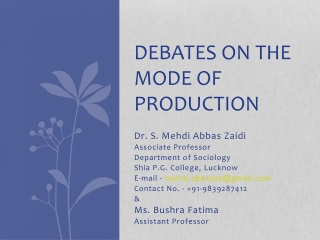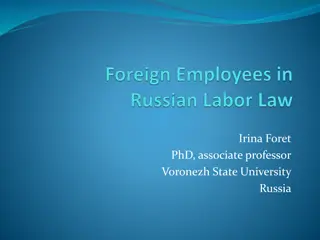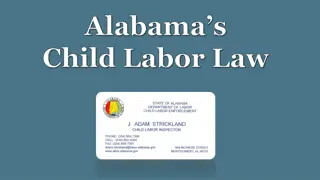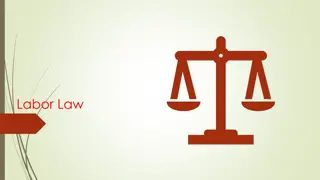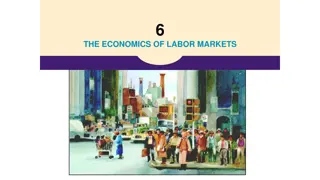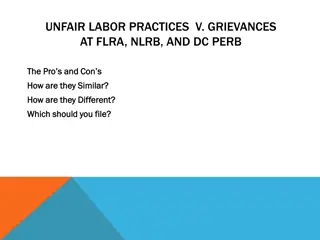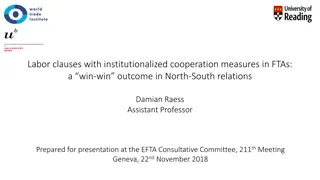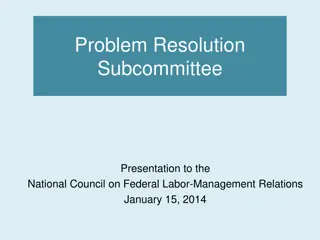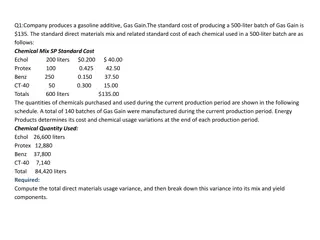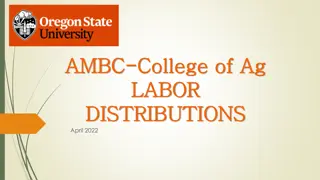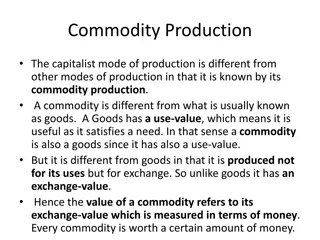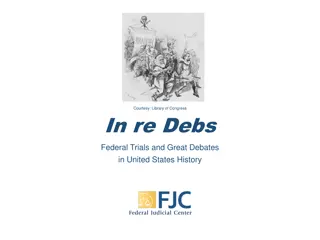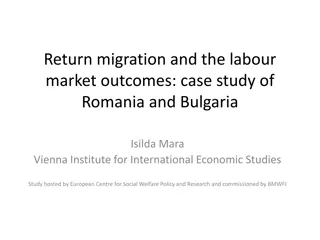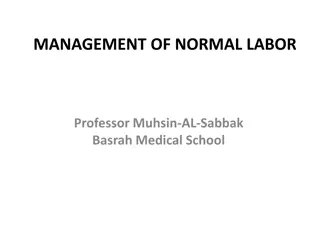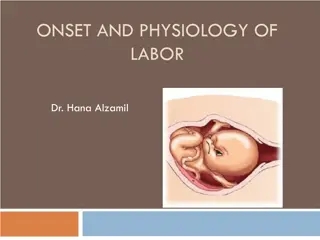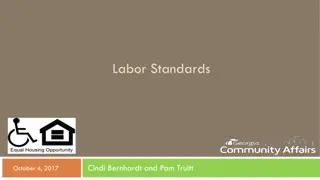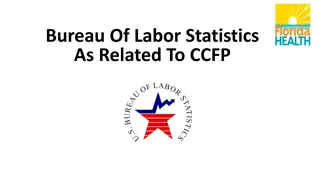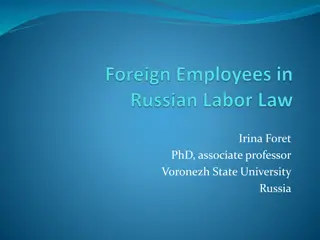
History of Labor Unions - Rise, Struggles, and Triumphs
Explore the historical journey of labor unions, from the harsh working conditions of the past to the collective efforts of workers in forming unions to improve their rights. Learn about key figures like Terence Powderly and Samuel Gompers, and the significant roles played by women leaders such as Mother Jones and Pauline Newman in organizing and fighting for better working conditions. Discover the impact of collective bargaining agreements and strikes in shaping the labor movement.
Download Presentation

Please find below an Image/Link to download the presentation.
The content on the website is provided AS IS for your information and personal use only. It may not be sold, licensed, or shared on other websites without obtaining consent from the author. If you encounter any issues during the download, it is possible that the publisher has removed the file from their server.
You are allowed to download the files provided on this website for personal or commercial use, subject to the condition that they are used lawfully. All files are the property of their respective owners.
The content on the website is provided AS IS for your information and personal use only. It may not be sold, licensed, or shared on other websites without obtaining consent from the author.
E N D
Presentation Transcript
What was wrong with labor? Harsh working conditions Long hours: 10-14 hour days (little or no breaks) Seven day work week Super LOW wages (all family members needed to work to survive) Extreme heat NO Benefits Repetitive-Mind dulling tasks Low ventilation and polluted air - illness Exposed machinery What could the workers do? Caused lots of injuries/deaths. 1882 675 work related deaths each week
Workers Unite! Workers of all skills, races and gender began forming Labor Unions to attempt to improve their working conditions. Collective Bargaining Agreement (CBA): negotiations between employers and the representatives of employees aimed at reaching agreements which regulate working conditions. o Wages, hours, training, health and safety Strikes: work stoppage caused by the refusal of employees to work.
The Unions Knights of Labor 1869 Terence Powderly focus on individual An injury to one is a concern of all. 700,000 members Welcomed skilled & unskilled workers as well as women and African Americans Wanted equal pay for men and women
The Unions American Federation of Labor (AFL) 1886 Samuel Gompers Focused on collective bargaining Major tactic was use of strikes Helped raise wages from $17 to $24 and hours per week from 54.5 to 49 Focus on skilled workers Women, immigrants and African Americans were not generally welcome
Women Organize Barred from many unions, women still united under powerful leaders. Mary Harris Jones - Mother Jones Supported the Great Strike of 1877 Organized for the United Mine Workers of America (UMW) Endured death threats & jail with coal miners Led 80 mill children (many with injuries) on a march to President Theodore Roosevelt s home International Ladies Garment Workers Union - Pauline Newman Supported the Uprising of the 20,000 - 1909 seamstresses strike Joins with the AFL
Triangle Shirtwaist Factory Fire March 25th 1911 Fires broke out on 8th, 9th, 10th floors Company locked all exits except 1, which was blocked by fire No sprinkler systems 146 women died, employers were acquitted of manslaughter Video Management and Government Pressure Unions Yellow-Dog Contracts workers swore they would not join a union Turned the Sherman Anti-Trust Act against labor Although legal limitations made it harder for unions to be effective, unions were still a powerful tool. The AFL had over 2million members by WWI
The Unions American Railway Union (ARU) Eugene V. Debs Skilled and unskilled workers in a specific industry 150,000 members Died off after a failed major strike Debs and others eventually turned to socialism a political system based on government control of business and property
The Unions Industrial Workers of the World (IWW) (Wobblies) 1905 William Big Bill Haywood Radical unionists and socialists Welcomed African Americans Never topped 100,000 members *Although many labor unions died off or never recovered from a major strike failure, they all added to the momentum of the Labor movement.
The Unions Nation Labor Union (NLU) 1866 by ironworker William H. Sylvis 640,000 members Helped legalize 8 hour work day for government workers
Strikes!! http://www.history.com/topics/knights-of-labor

